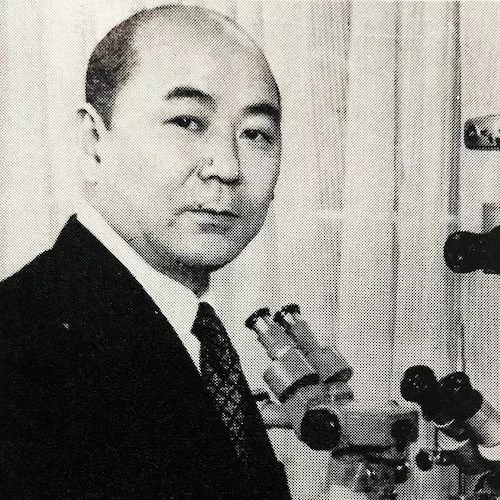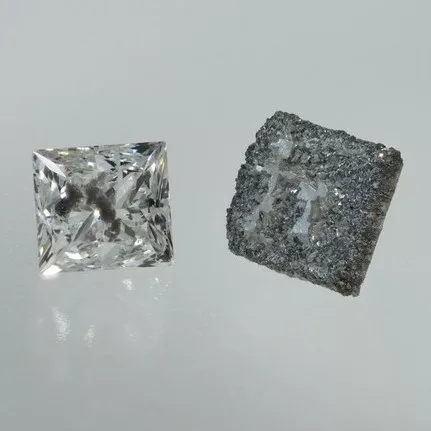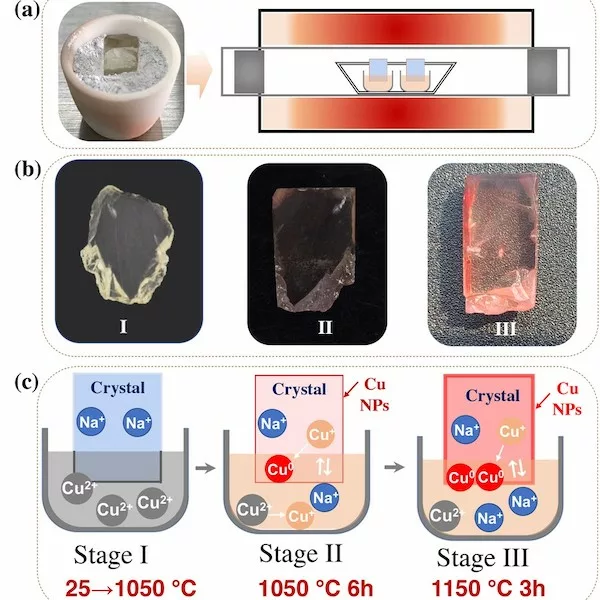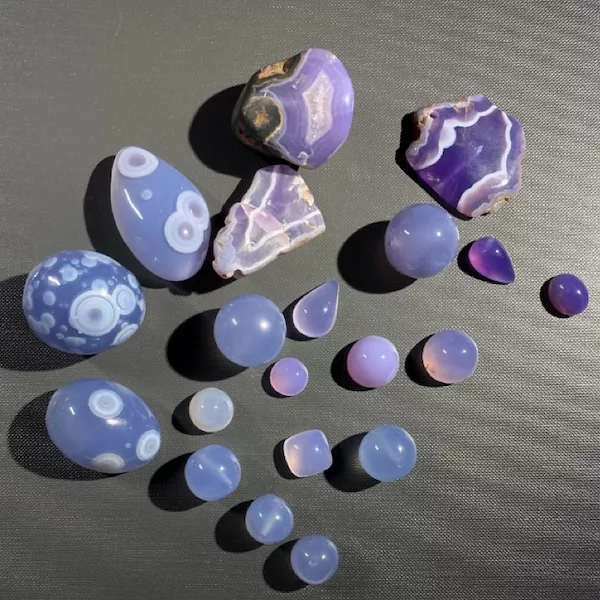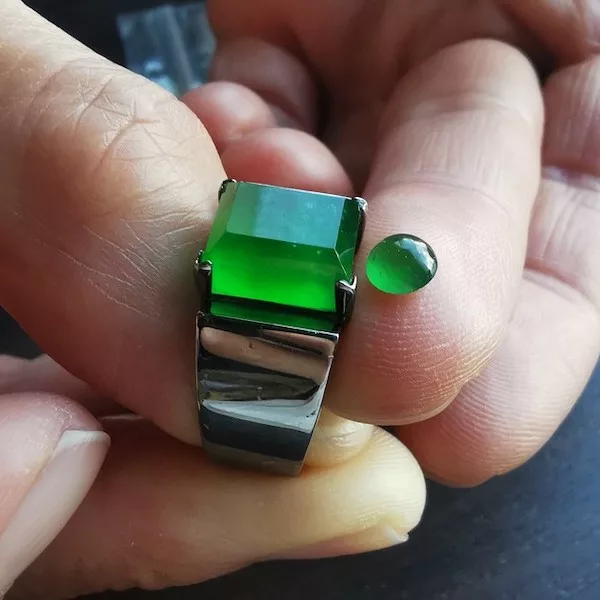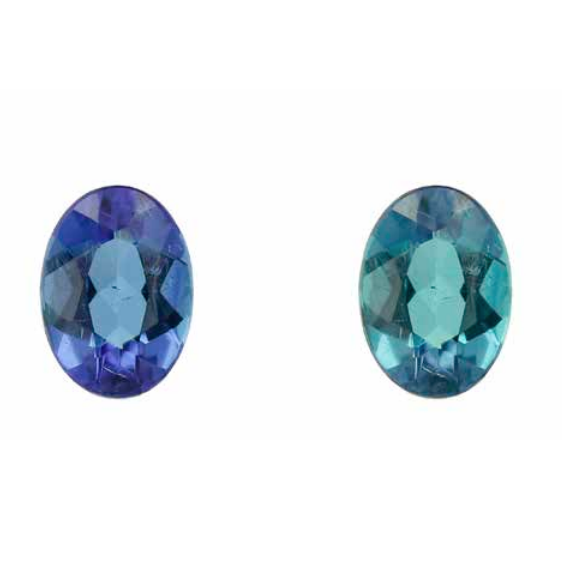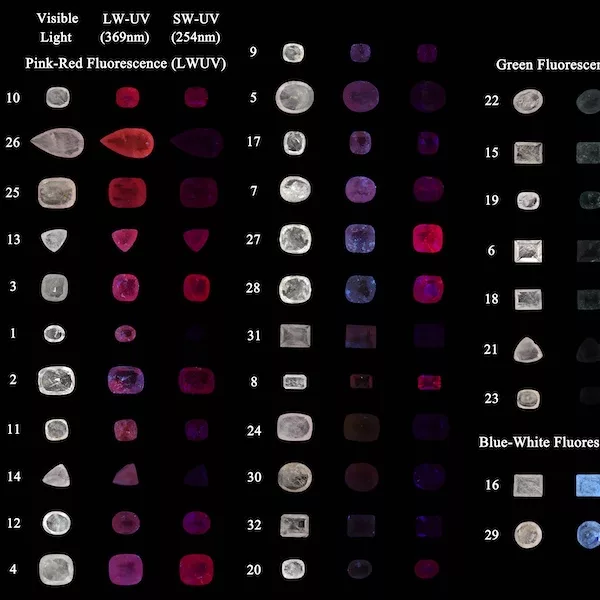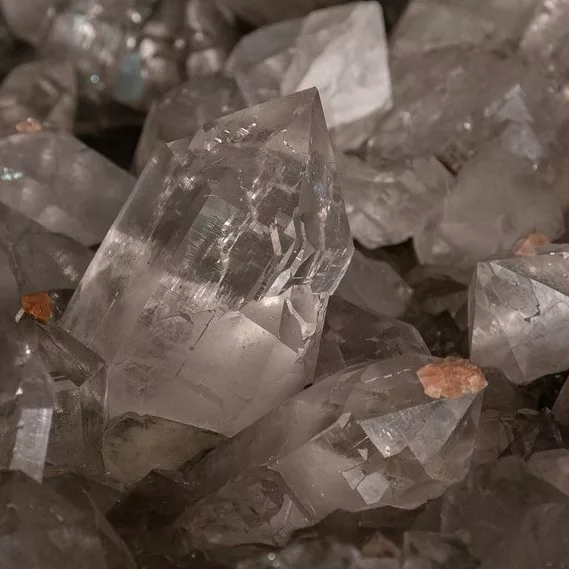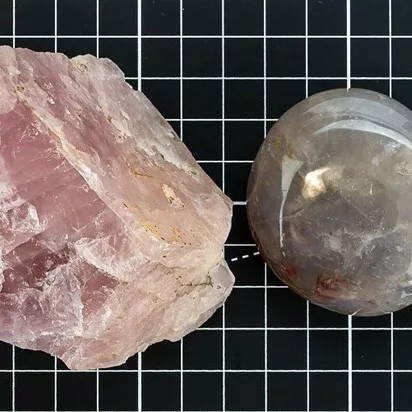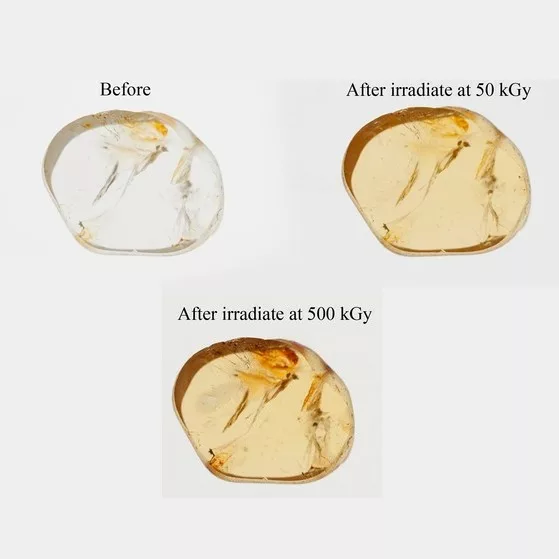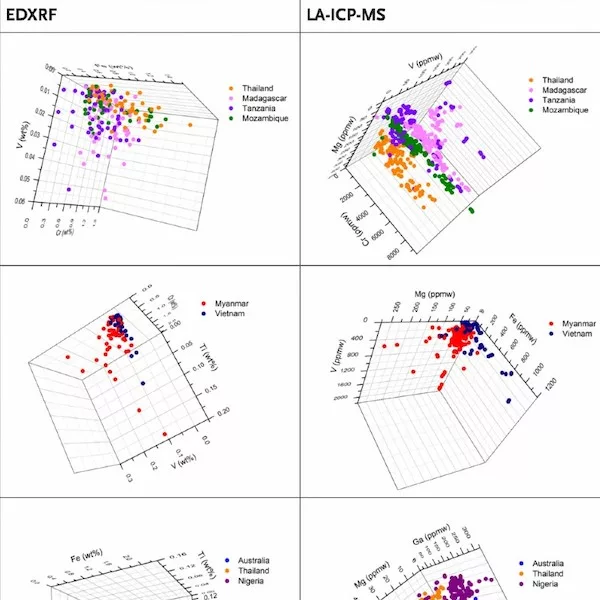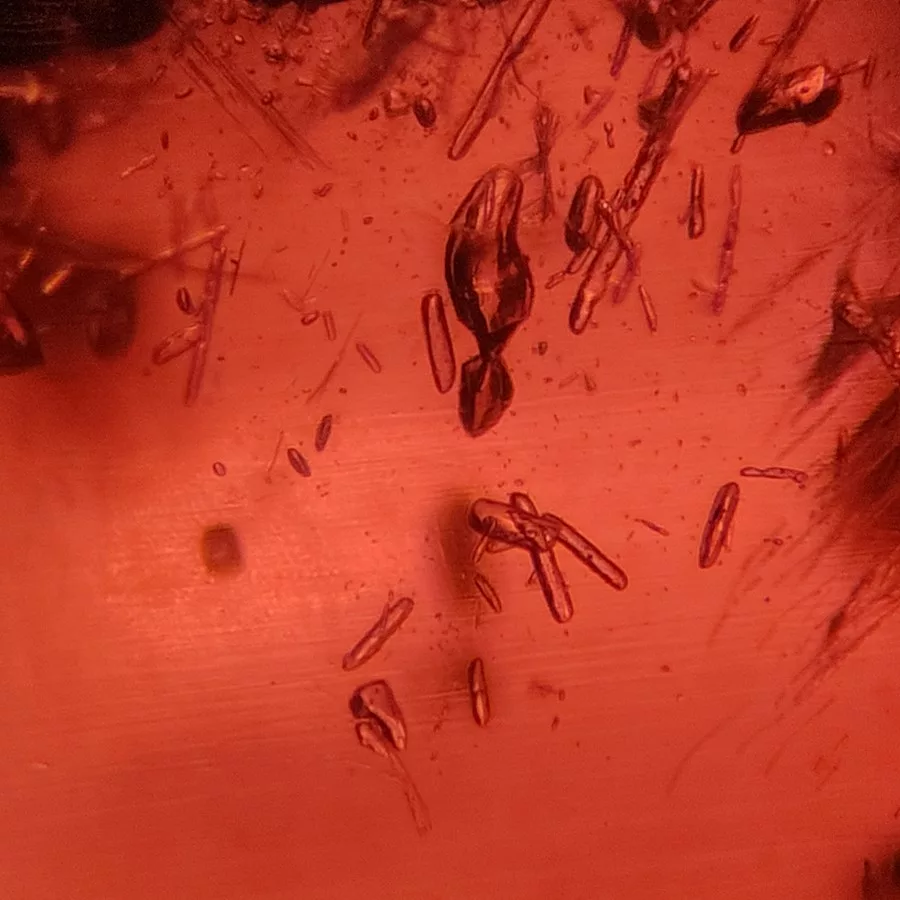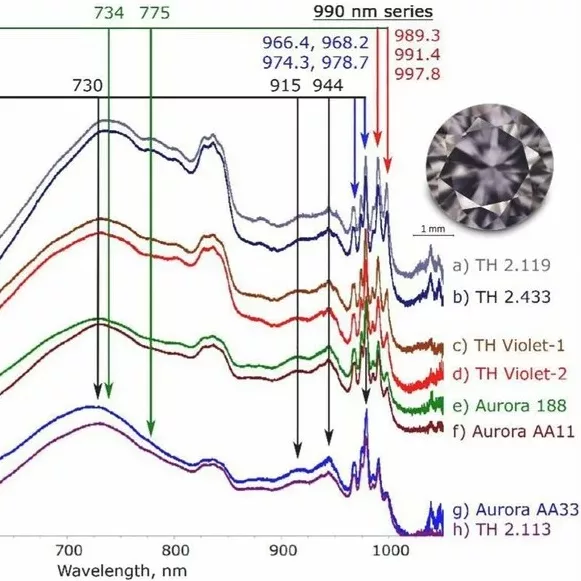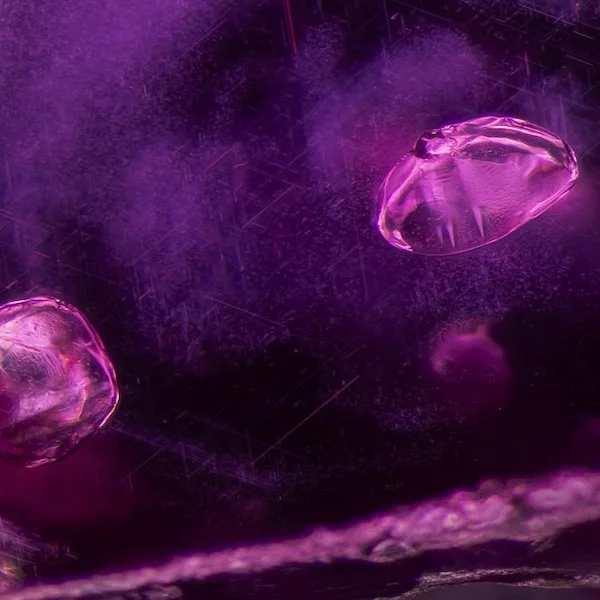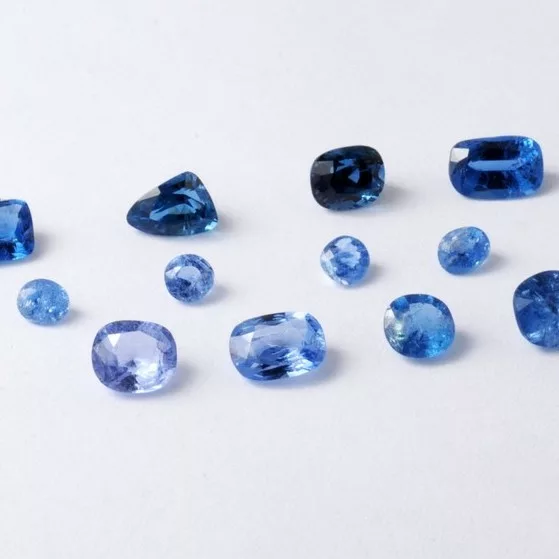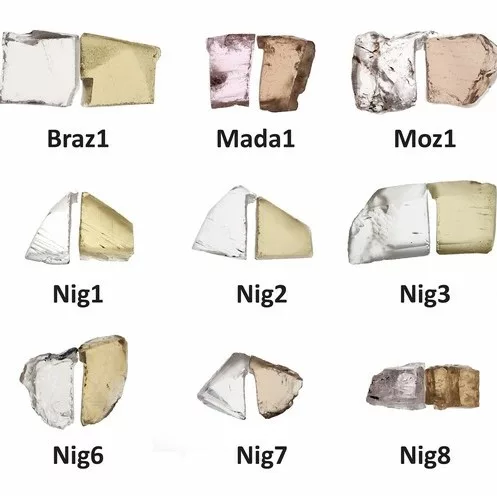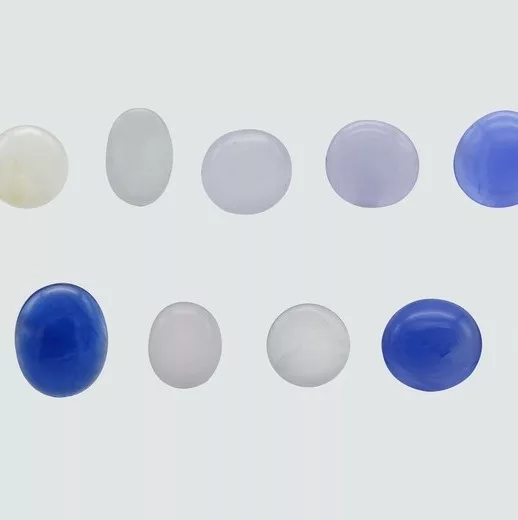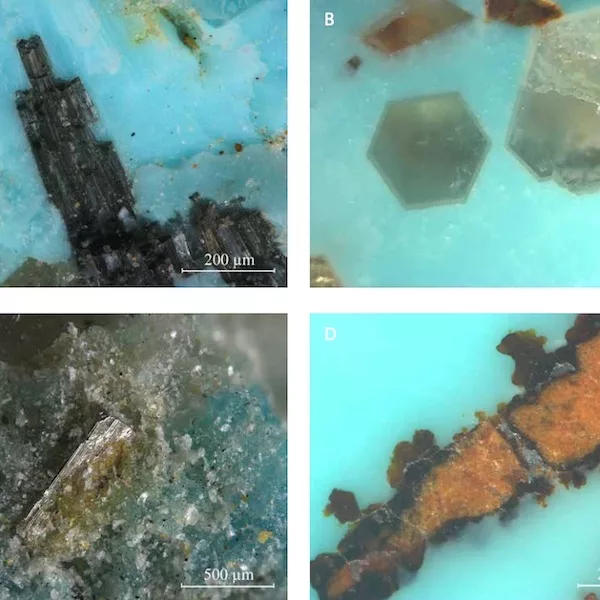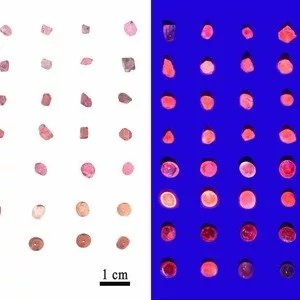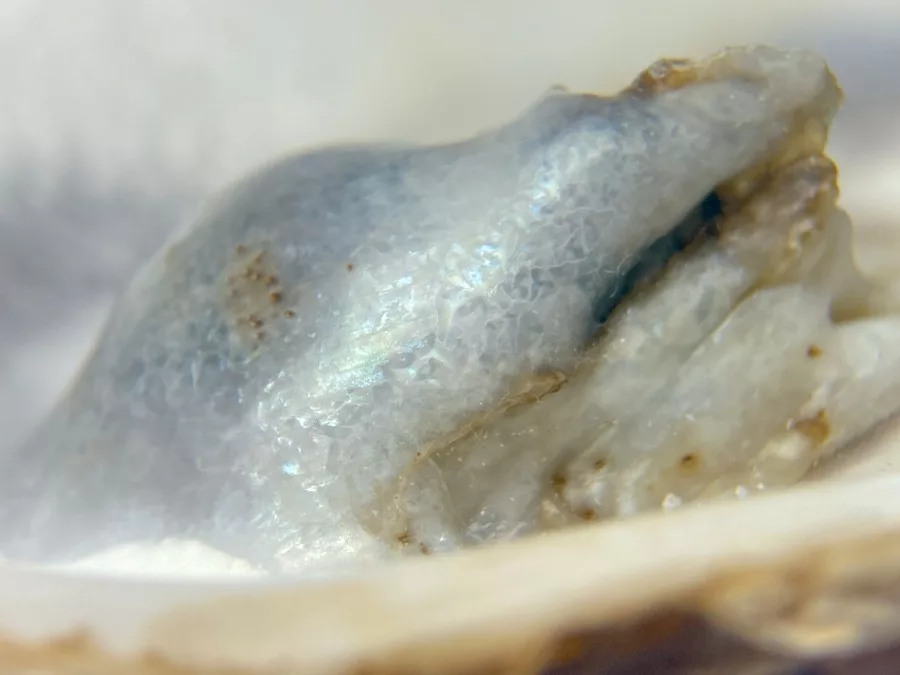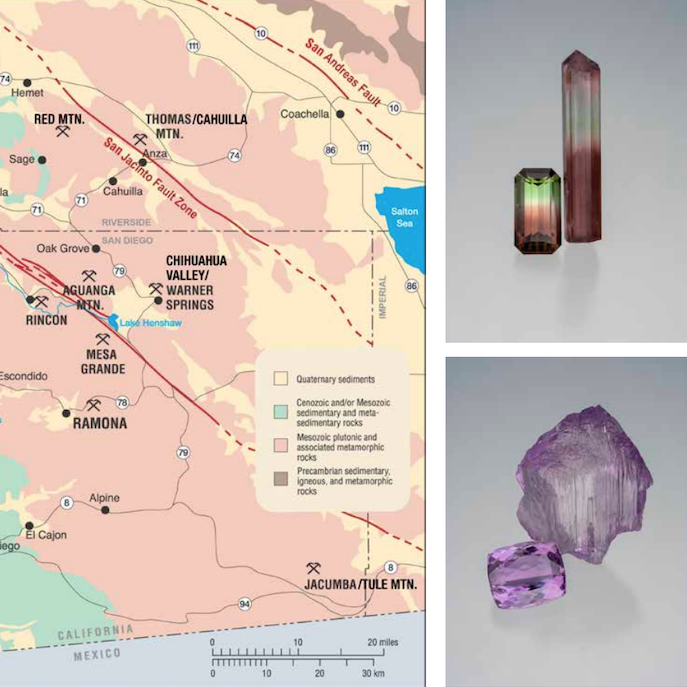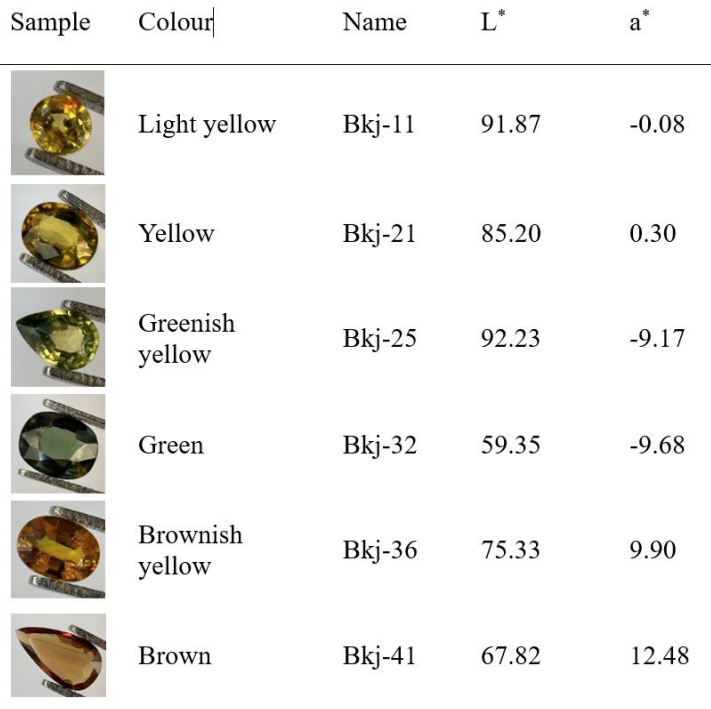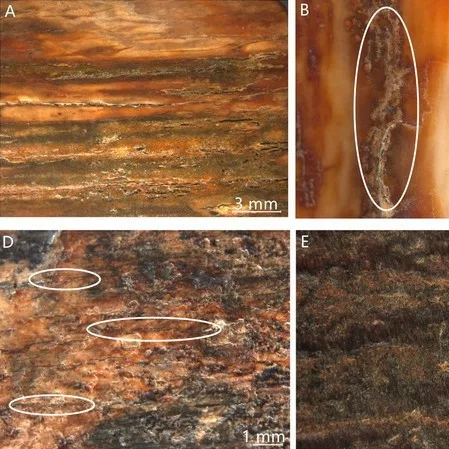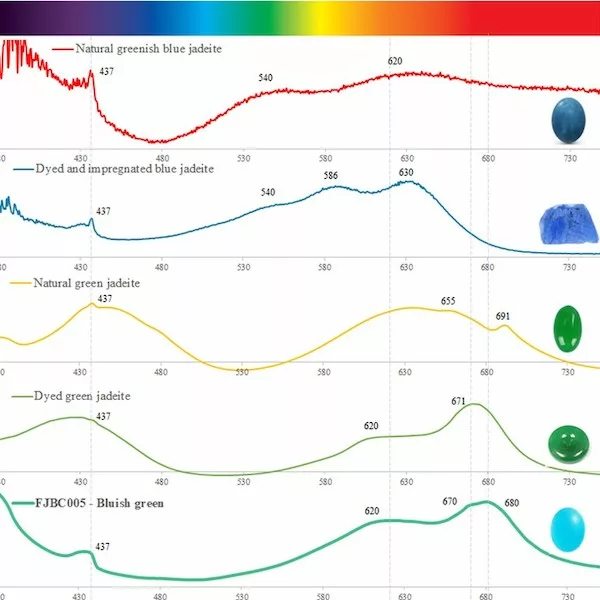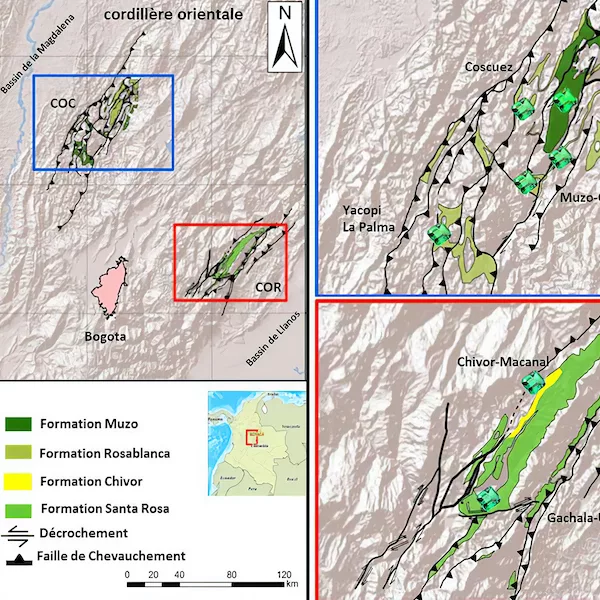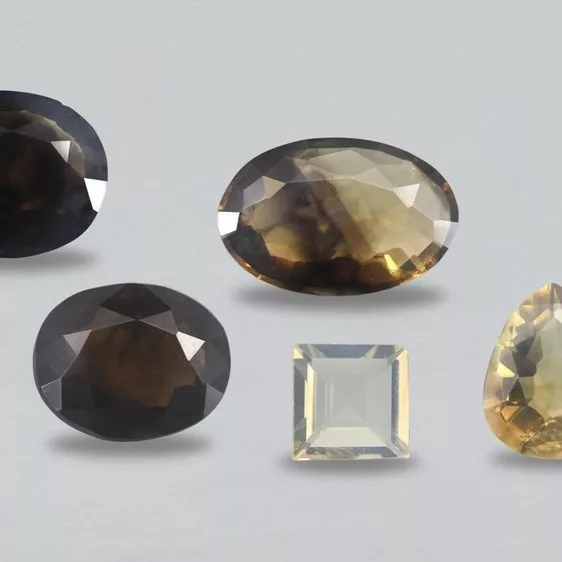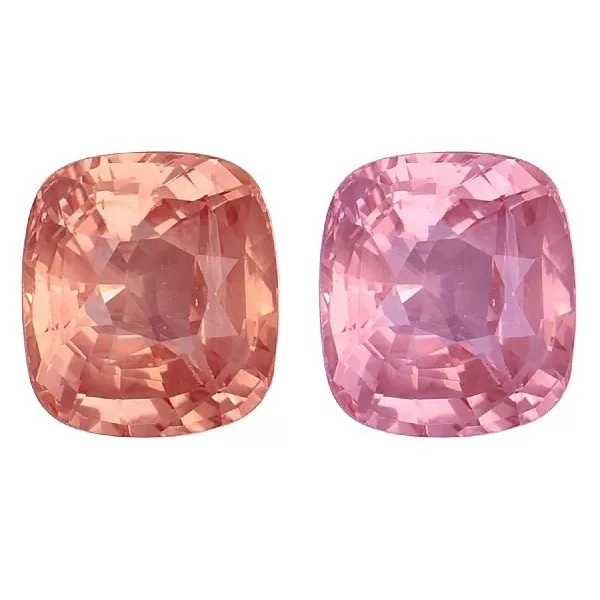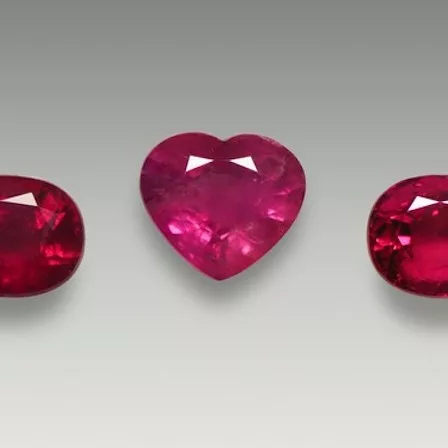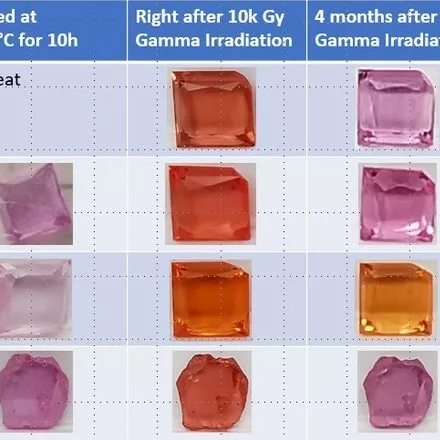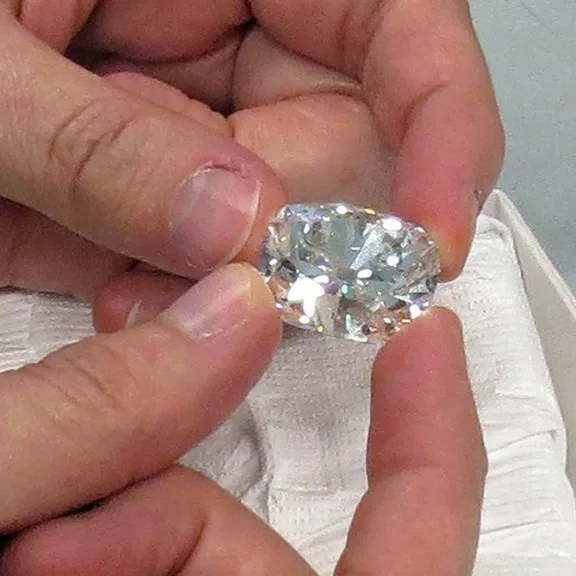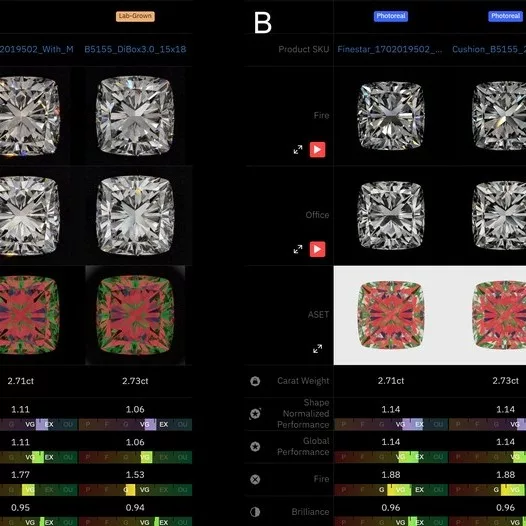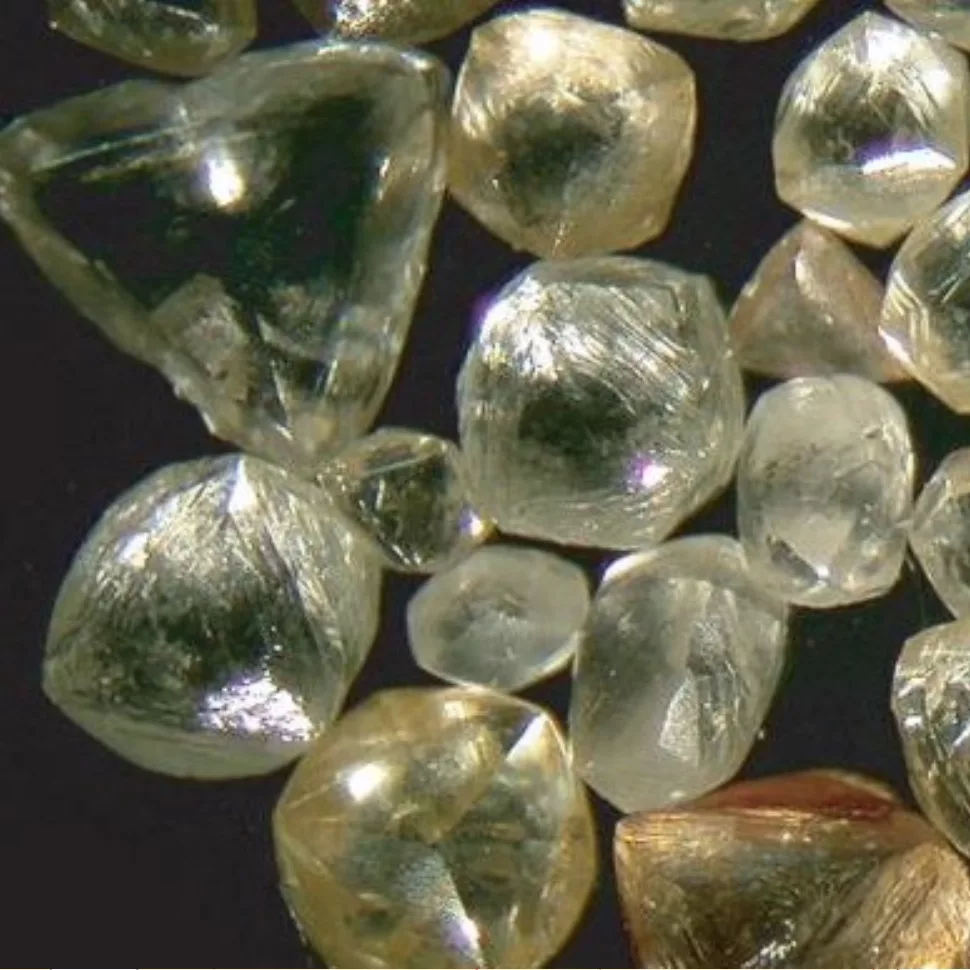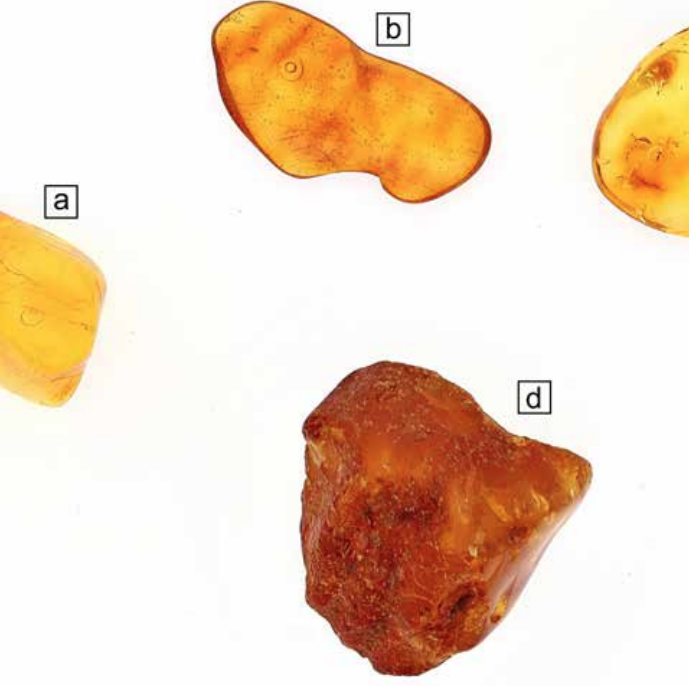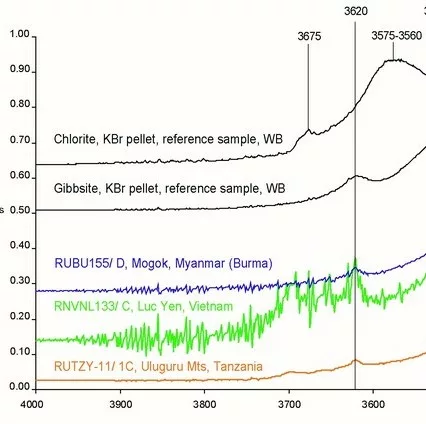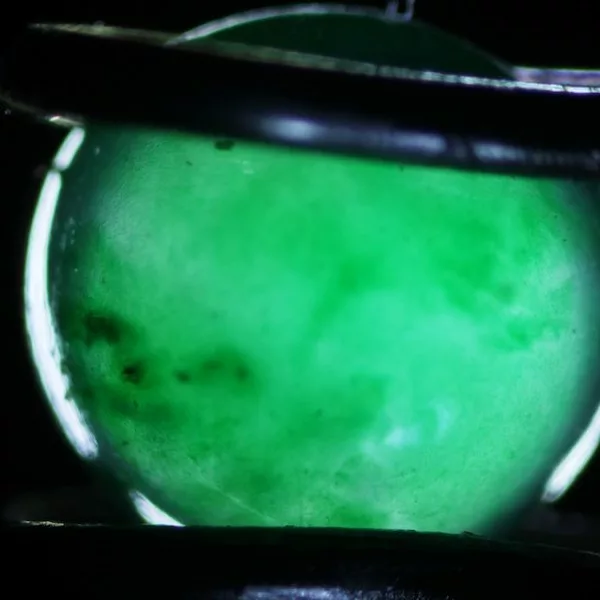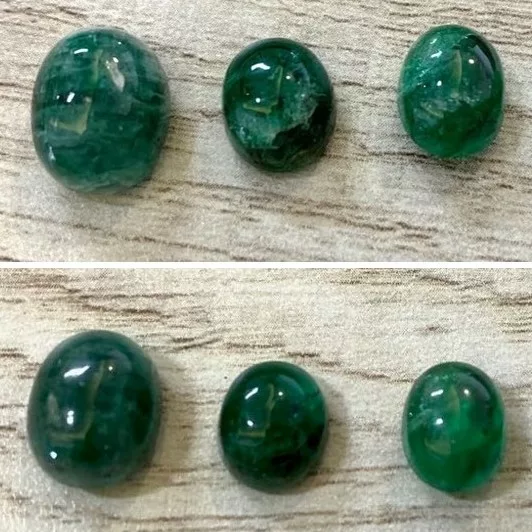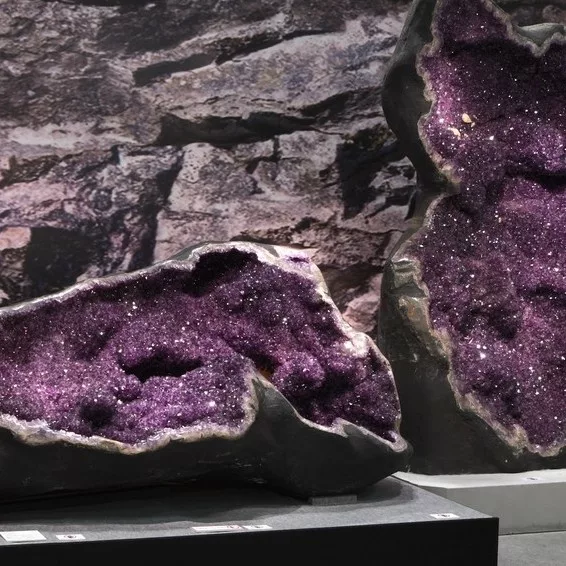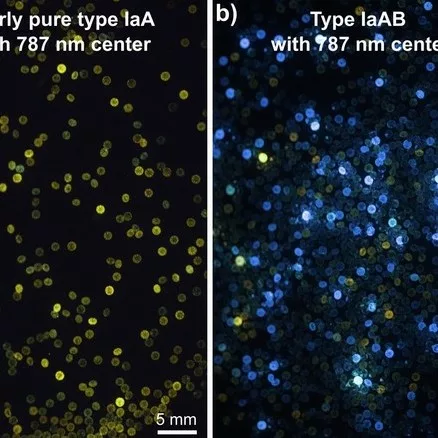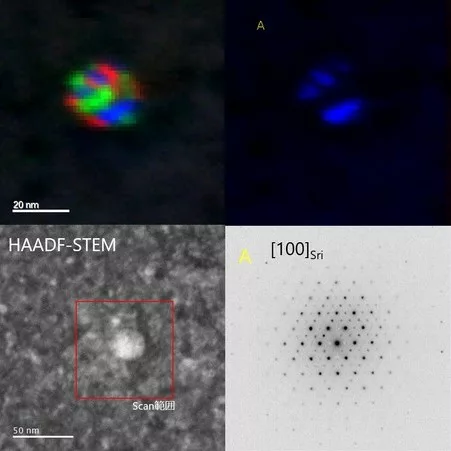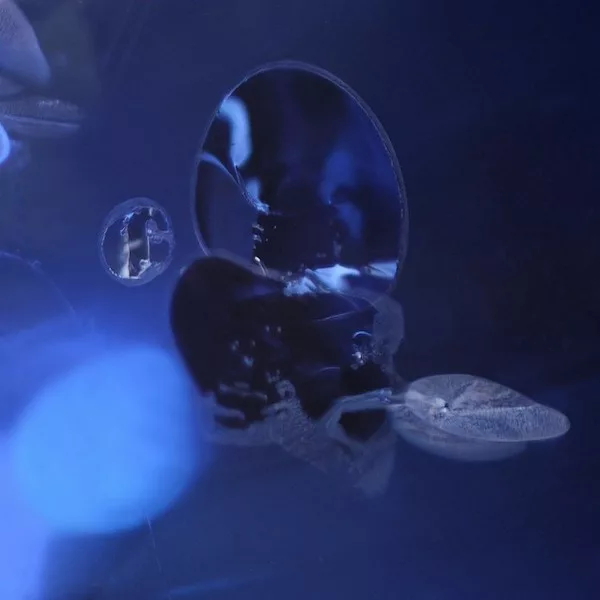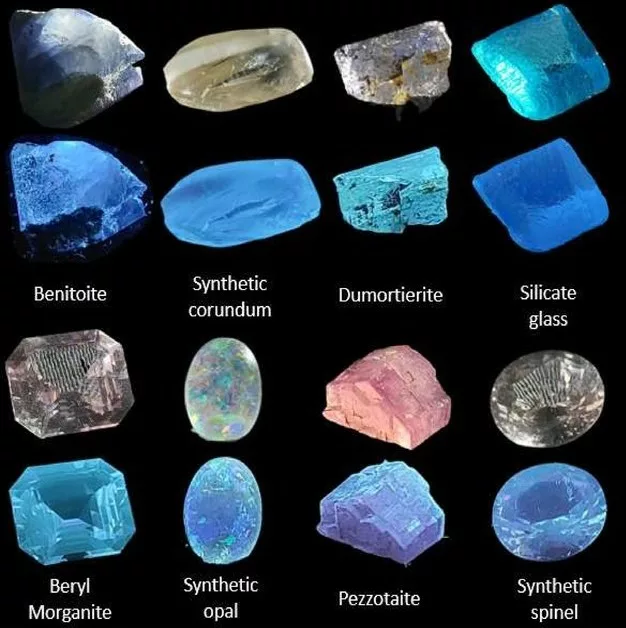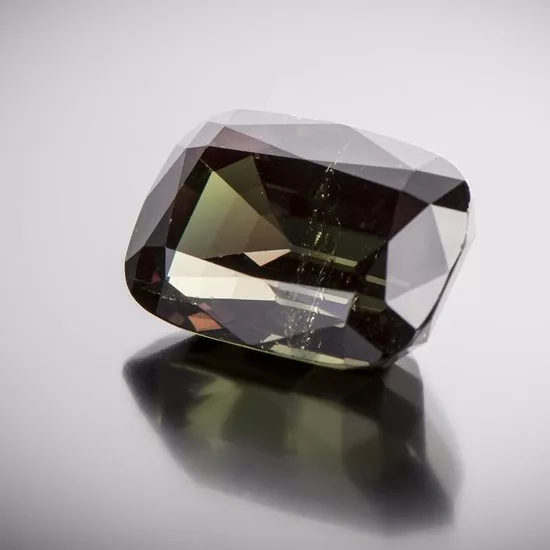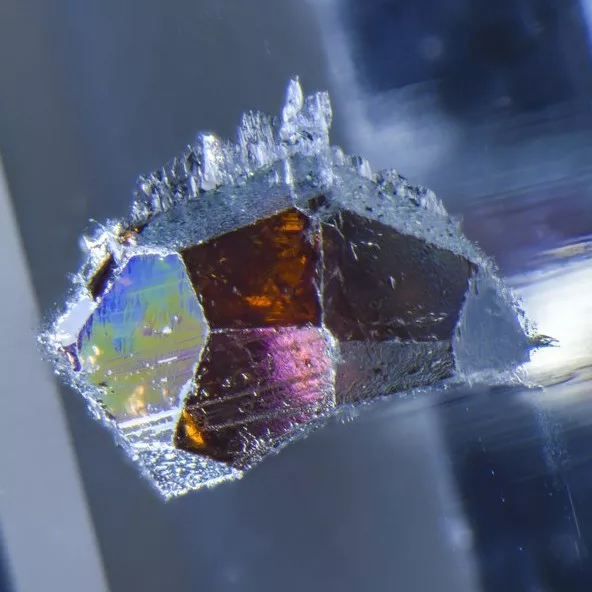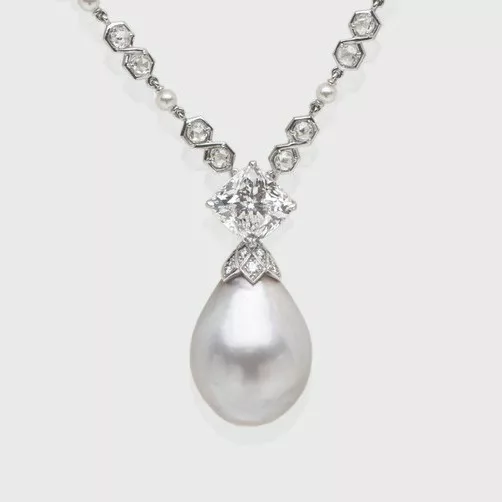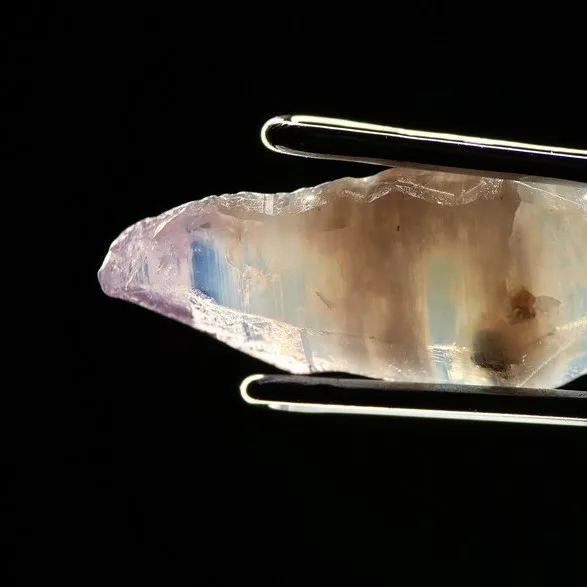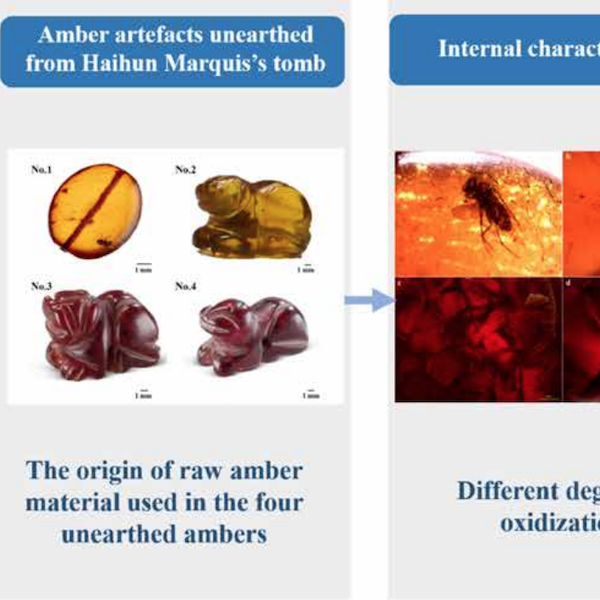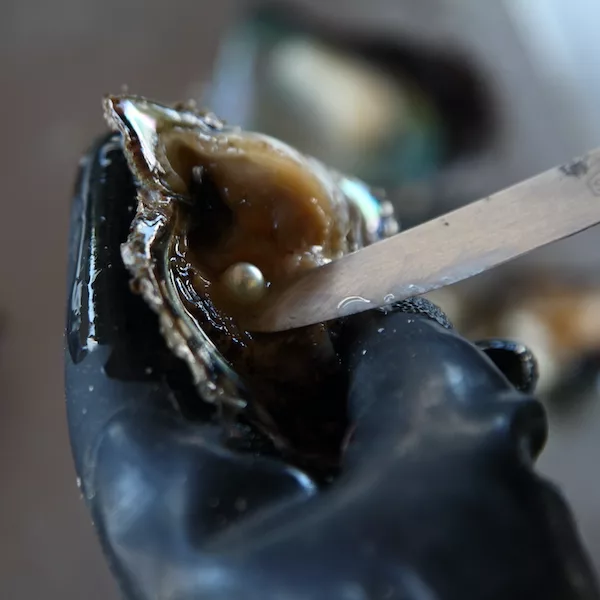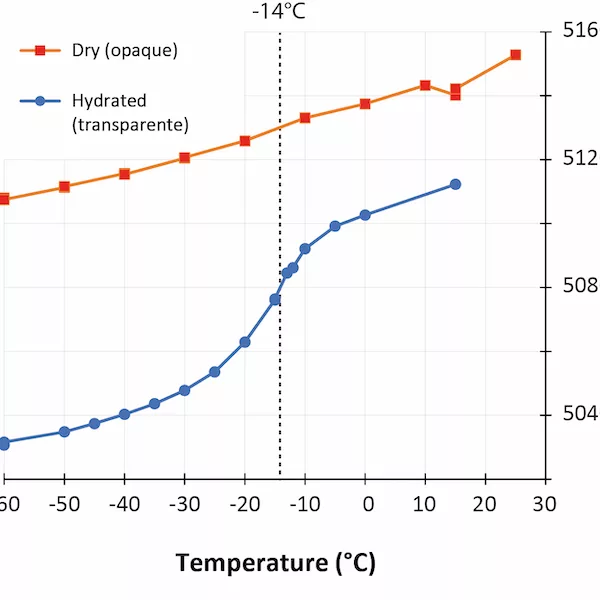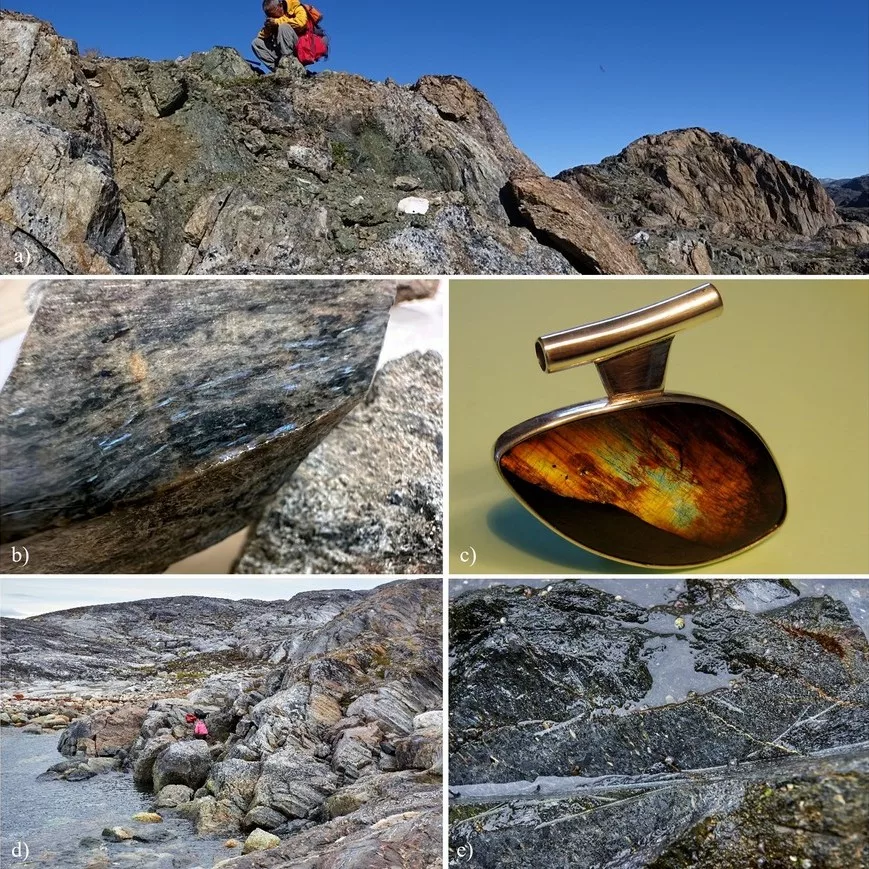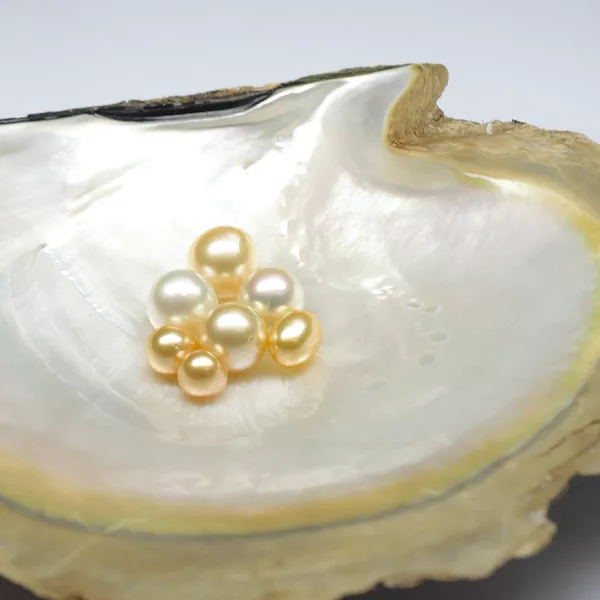Abstracts Library
A study of Chikayama’s gem and mineral collections and building a gem museum
Based on the belief that “a gemstone is art and science,” Mr. Akira Chikayama devoted his life to gemological research and study for the benefit of people involved in gemstones
Gemmological studies of “Hybrid Diamond” (Natural + CVD synthetics)
Size and quality of CVD synthetic diamonds for jewelry market have been improved over the years, and various fancy colour CVD diamonds have also been produced. In addition, overgro
Mechanism and Application of High-Temperature Copper Diffusion in Surface Recoloring of Labradorites
Feldspar, with the chemical formula of [KAlSi3 O8 ]x[NaAlSi3 O8 ]y[CaAl2 Si2 O8 ]z (x + y + z = 100), is one of the most important rock-forming minerals in the earth’s crust, and
Purple to bluish grey chalcedony from Ethiopia
In the past 15 years, Ethiopia has repeatedly gained attention for a variety of new gem finds. In 2008, a large deposit of white play-of-colour opal was found (Rondeau et al., 2010
Geographic Origin Determination of Fei Cui: A comparison of high-quality green Fei Cui from Myanmar, Guatemala, and Italy
Fei Cui is a kind of jade that is defined as a granular to fibrous polycrystalline aggregate composed solely, or principally of any of the following or any combination of the follo
Snapshot of rubies from 1915
In 2008 the Honourable Mary Montagu Scott oversaw the opening of a permanent exhibition at Buckler’s Hard Maritime Museum on the Beaulieu Estate about the steamship SS Persia (Fi
Colour change Paraiba tourmaline from Brazil
In just a few decades Paraiba tourmalines have developed into one of the most valuable and sought-after gems in the world. Of particular interest are specimens from the legendary B
Gemological and Luminescence Characteristics of Taaffeites from Mogok, Myanmar
Taaffeite is a rare gem that has been found in different localities such as Tanzania, Sri Lanka, China, and Mogok, Myanmar. Systematic research on the taaffeite from Mogok, Myanmar
Quartz crystals from alpine fissures: their formation and the historical significance of alpine quartz as raw material for objets d’art
The central Alps, especially the central granite massifs (Aar Massif, Gotthard Massif, Mont Blanc Massif) in Switzerland and adjacent France are known since ancient times for their
Rose Quartz: Journey Into the Nano-Jungle
Massive rose quartz is a readily available mineral ranging in colour from pink to salmon- or lavender-pink (Figure 1). Given its popularity in the market, it might be assumed that
Color enhancement in yellow sapphire
Natural yellow sapphire is colored by one or the combination of two different chromophores, Fe3+ and the trapped hole-Fe3+ (h• -Fe3+) colour center. Fe3+ chromophore is typically
An implementation of machine learning in ruby and sapphire origin determination
Country-of-origin is one of the most important value factors of corundum (ruby and sapphire) due mainly to its historical or legendary popularity in the trade. Generally, gemmologi
Study and investigation of garnet from Balangir in Odisha, India
n the present study investigation of almandine-pyrope garnet, found in the Khaliapali village (20.8639° N, 83.4708° E) located in Balangir Tehsil of Balangir district of Odisha s
Violet Diamonds from Argyle: New Insights into the Cause of their Unique Color
Until its recent closure, the Argyle mine in Australia has been the only source of uniquely colored violet diamonds produced during the 35 years of its operation. These diamonds th
Low Temperature Heat Treatment of Burmese Ruby
Detection of low-temperature heat treatment (below 1200°C) in ruby and sapphire can present challenges to gemologists, as alterations to the material are often subtle. In this stu
Cobalt spinel from Bai Buoi mine, Yen Bai, Vietnam
The cobalt bearing spinel from Lukande, Tanzania, discovered in 2019, has attracted much attention and several papers were published recently (Stephan & Muller., 2022, Krzemnicki e
Irradiation treatment and gamma-spectroscopy of morganite
The pink variety of beryl, morganite, is one of the most popular orangey-pink to pink gemstones. Its colour is attributed to manganese, both Mn2+ and Mn3+ (Nassau & Wood, 1968, Woo
Sulfur-based species induced photochromism in sodalite
Sodalite Na4 (Al3 Si3 O12)Cl is a natural aluminosilicate mineral that contains sulfur or sulfur-related defects, known as chromophores (Reinen et al. 1999; Fleet et al. 2010). Hac
Investigating the Provenance signature of Tourmaline-Bearing Turquoise in the Kuh Zar Gold Deposit, Semnan Province, Iran
The Neyshabur reserve in northeast Iran is renowned for its production of Persian turquoise, yet it is not the sole deposit associated with this valuable gemstone. The Kuh Zar mine
Quantitative estimation of spinel’s thermal and geothermal history by photoluminescence spectroscopy and its application in spinel origin determination
The thermal history of spinel can not only be used to distinguish the natural spinel from heated and synthetic ones, but also to reveal that the spinel underwent different geologic
Nacreous Blister Pearl Discovered in Edible Oyster (Crassostrea gigas)
A baroque pearl with a gray, nacreous appearance was discovered attached to the interior of an edible oyster while the author was enjoying a meal at home. The oyster had been purch
A Review and Synthesis of the Geology and Gem Resources of Granitic Pegmatites in Southern California, USA
Gem-bearing pegmatites in Southern California are hosted by the Peninsular Ranges batholith, and occur in ten districts in San Diego and Riverside counties (Figure 1a and Table 1).
Explanation on Yellow, Green and Brown Coloration Series of Basalt Related Bangkaja Sapphires
The basalt related Bangkaja sapphires, excluding the black star ones, commonly occur in three coloration series, i.e., the yellow, the green and the brown. Two representative sampl
Causes of color in brown mammoth ivory
The mammoth species were once the largest terrestrial mammals in the world during the late Pleistocene (approximately 350,000 to 10,000 years ago), inhabiting the northern hemisphe
Treated jadeite-jade: Unusually bright fancy colours
Jadeite-jade is a precious ornamental stone that has been valued as the topmost decorative stone and has been used in jewelry, carvings, and other ornamental objects by many cultur
Fingerprint differences between Emeralds from two main zones of production in Colombia in response to input from their host rock
Although there is information about techniques to separate Colombian emerald material from that of other countries, not much information is available on how to differentiate Colomb
Additional Observations on Unstable Color in Padparadscha Sapphires
For the past few years laboratories have been testing the color stability of padparadscha sapphires. It became an issue because we realized that the orange color in some pads was u
Influence of Irradiation on Colour Modification and Colour Stability of Rubies: A Preliminary Study
Ruby is the chromium-bearing red colour-variety of corundum Al2 O3 . Since historic times, ruby is highly popular in the gem and jewellery market because of its highly saturated re
Effects of Gamma Irradiation on Ruby and Pink Sapphire and Potential Detection Methods in Gem Labs
Gamma irradiation is a non-destructive and non-invasive treatment method used to enhance the colour and aesthetic appeal of gemstones, such as diamond, topaz, quartz, and sapphire.
Diamonds and synthetic diamonds
Diamond is historically one of the most important gemstones, in terms of value, use and general appreciation. Diamonds were generally formed relatively early in the Earth’s Histo
The Banjarmasin Diamond in Amsterdam – War Booty from Borneo
The Banjarmasin diamond in the collection of the Rijksmuseum in Amsterdam plays a questionable role in the history of the Dutch occupation of Southern Borneo. Confiscated from the
CVD Rough Diamonds Striae Grading Approach based on Deviated Optical Performance of Polished CVD Diamonds
Diamond’s optical performance cognition and scientific descriptions are based on the three key attributes: brilliance, fire and scintillation. Brilliance is an illusion caused by
Mapping underground rivers at the Copeton Diamond Field, New South Wales, Australia. Following these “deep leads” to further riches
In Australia’s ‘New England’, early gold and tin explorers discovered diamonds in their sluice boxes without realising their significance, but by the 1890s the Copeton-Bingar
Baltic amber and its inclusions: an insight into the origin and nature of the trapped material
Amber is a fossilised resin from ancient trees (coniferous and deciduous), which underwent the process of fossilisation in various epochs and depositional environments. Until the p
FTIR Fingerprinting: a case study on mineral inclusion identification by FTIR applied on rubies from marble-hosted deposits
Fourier-Transform Infrared Spectrometry (FTIR) is a well-established analytical method in the field of gemmology (Suhner, 1979; Fritsch and Stockton, 1987; Smith, 1995; Beran and R
A brief history of synthetic diamond researches in Japan
Research on diamond synthesis started in early 1960s in Japan, following GE’s success in 1955. The research was most active between 1980 and 2000 in Japan, triggered by success i
Origin Identification Characteristics of High-quality Green Jadeite
Currently occurrences of jadeite mainly include Myanmar, Guatemala, Russia, Kazakhstan and Japan. Origin has a great impact on the price of high-quality green jadeite and at presen
The Importance of Research for Gem & Jewellery Industry
Research has always been an essential tool for business leaders who always realise that the consuming public is active, and hence, research investment could help lead their busines
Proposed New Filler Type for Emerald Fracture Filling: Design, Detection, Differentiation, Disclosure
Fracture filling is common in gem trading to enhance gemstones’ beauty and / or durability. Common textbook examples are (lead) glass filling of rubies and diamonds, polymer/resi
Overview of the “GEM” special exhibition at the NMNS
A special exhibition “GEM” was held at the National Museum of Nature and Science (NMNS), Tokyo, from February 19th to June 19th, 2022. The exhibition covered all aspects of gem
A study of nickel-bearing type Ia diamonds
We present a detailed FTIR and PL spectroscopic study (i.e. at 298 and 77°K) of a large number of colorless (i.e. color D to G) type Ia diamonds (i.e. >200), showing the presence
Applications of Python for Spectroscopic Data Processing, Analysis and Machine Learning Modeling in Gemmology
Python, a powerful programming tool with extensive scientific computing capabilities, is being increasingly utilized in gemmological science. It is particularly well-suited for pro
Crystal structure of nano inclusions in blue sapphire from Diego Suarez, Northern Madagascar
Nano inclusions in unheated blue sapphire (Diego Suarez, northern Madagascar) containing naturally occurring beryllium have been studied. Tabular nano inclusions with a diameter of
Phase transformations as important markers for heat treatment detection in corundum and other gemstones
Detection of heat treatment of ruby and sapphire and other colour varieties of corundum is a major issue for the trade and laboratories alike. Heat treatment of corundum is commonl
Blue shortwave luminescence of gems: the role of titanate groups
The purpose of this study is to describe Blue Shortwave-UV excited Luminescence (BSL) in gems and related materials, and demonstrate the role of titanate groups in a number of gems
Study of a historical Alexandrite from Paris school of mines collection
Rare are the scientific studies on exceptional gemstones belonging to museum collections. This investigation is part of an ongoing project, on the study of historic gems, of the Mi
Microfeatures of Beryl Group Gems including the Newest Mineral Variety, Johnkoivulaite
Beryl group minerals often provide clues to their pegmatitic origin in the suite of inclusions contained within such gems. They regularly showcase examples of pegmatitic minerals s
DNA Fingerprinting and age dating of historic natural pearls: a combined approach
Natural pearls are accidental formations in wild oysters. The lack of new supply in recent decades has meant that the trade is heavily dependent on old stocks of natural pearls, an
Milky appearance of Geuda sapphire from Sri Lanka
Sri Lanka is famous for gems since several thousand years. Almost corundum varieties have been found in Sri Lanka including the rough of Geuda which has also given considerable att
Effects of weathering on FTIR spectra and origin traceability of archaeological amber: The case of the Han Tomb of Haihun Marquis, China
Amber (fossil resin), known as the “capsule of time and space”, which is a complex biogenic polymer originated from ancient plants resin from different geological periods [1].
Initiatives for sustainable pearl cultivation in Japan
Natural pearls are a gift from nature. On the other hand, cultured pearls are a symbol of humanity and nature. Skilful pearl smiths and rich nature are needed to cultivate beautifu
Past, Present and the Future of IGC
Exactly, seventy-one years ago, in the month of October, to be precise from the 23rd to the 25th of October 1952 in Lugano, Switzerland, the inaugural meeting of the International
Opal stability: a step toward detection
Opal is a gem of captivating beauty that stems from its complex microscopic structure composed mainly of silica. In the most striking specimens, the light diffraction from a three-
A nuummite occurrence from kangerluarsuk in the Maniitsoq Region, West Greenland
K. I. Giesecke was the first to recognize the beauty of the iridescent amphibolitic gemstone Nuummite in 1810 when he collected samples from the island Simiuttat in the Nuuk area,
Colour varieties of gems – where to set the boundary?
In theory it is simple: a gemstone is a mineral formed in nature by geological processes and, as such, it has a mineralogical name that is scientifically defined and accepted by th
Analysis of Myanmar golden-lipped cultured pearls using X-ray radiography, EDXRF, UV-Vis-NIR and Raman spectroscopy
Myanmar golden-lipped pearl oysters (Pinctada maxima) are well-known to be found at the Myeik Archipelago – formerly also known as Mergui Archipelago – in the Andaman Sea in so

